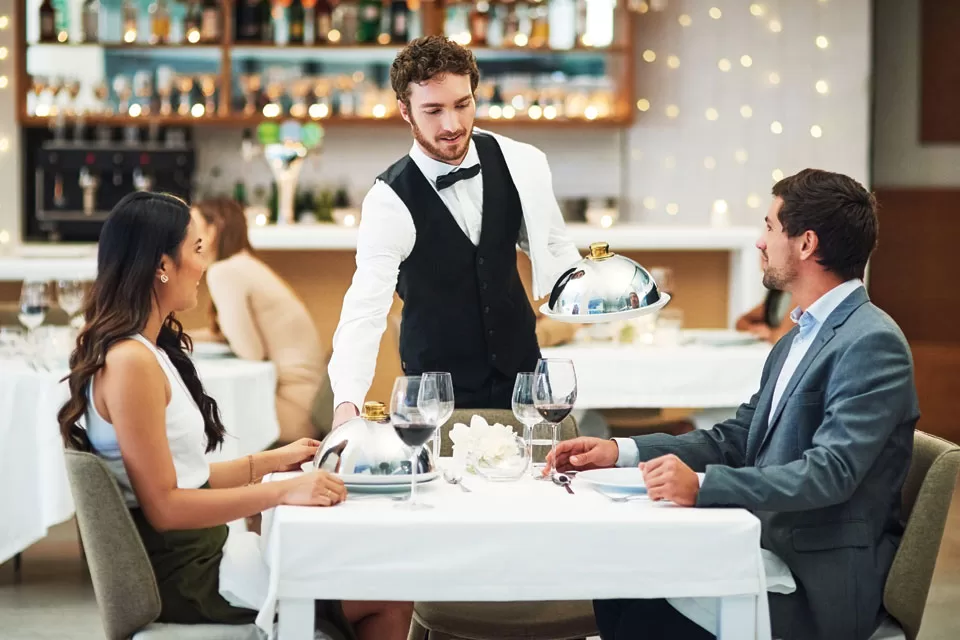
My wife and I dine out several nights a week and never had reason to challenge the standard restaurant practices, that is until recently when the economic challenges of our times have awakened our senses on the subject.
When we choose a restaurant for an evening outing, we generally are making our decision based on three attributes about an establishment where we would like to relax and enjoy a nice lunch or dinner.Those are atmosphere, quality of food, and responsive service.
To digress for a minute, tipping in a restaurant used to be fairly standard, with the amounts usually representing a percentage of the cost of the meal and beverages. Those percentages used to be 15%, 17% or 20%. Today the standard rates to select from are more like 18%, 20% or 25%. Of course, in each instance the customer can select any rate they choose. So, let’s investigate how each of our three basic attributes of an establishment affects tipping realities.
As to atmosphere, most restaurants spruce up their location to make guests feel comfortable and relaxed. Others invest significant amounts of money in developing the location into a real destination, with colorful carpets, window covers to maintain privacy, and proper uniforms for staff. The tableware and glassware support this ambiance. So, because each restaurant is what it is, once built and occupied, the atmosphere, whatever it is, is a given for each location. Since we would not select an obnoxious looking eatery, we usually select one from the middle to the top of the scale and allocate 3%-7% of the tab on account of this attribute.
When it comes to food, we obviously try to identify places where the quality and quantity of food offered is beyond just good. Sure, the atmosphere might be so outstanding that we overlook the food component to some extent, but most of the time we require that this attribute be met on the high side. Another 3%-7% can be allocated to this element of the equation.
Lastly, there is service. To us, good service includes getting the order correct even if it has to be repeated to the customer before taking it to the kitchen. Reasonable speed in delivering the selected menu items is next, followed by a nice attitude, assistance in decoding the menu, and availability in case we have an issue or would like to make an addition to the order. The same scale of 3%-7% would apply to this attribute as well.
The bottom line, or computed tip, would be 21% if all attributes are met with flying colors and 9% or less would be the result if some of the attributes did not measure up to the customer’s expectations.
There are some restauranteurs who try to make the tipping decision easy for the customer by including a stated percentage of the meal in the charge as a tip. We find this to be the equivalent of the manager making the decision for us on all fronts and denying us the opportunity to speak to the subject. That is objectionable and avoided whenever possible.
Tipping doesn’t have to be a negative experience at the end of your meal if you have objective standards to judge the merits of your experience. And you, and only you, can make that decision.

